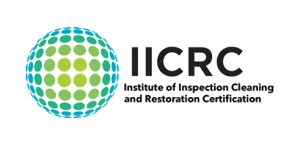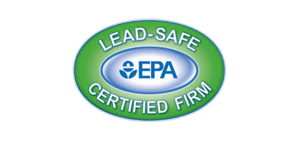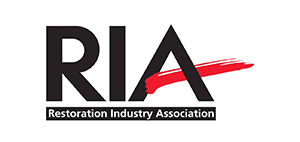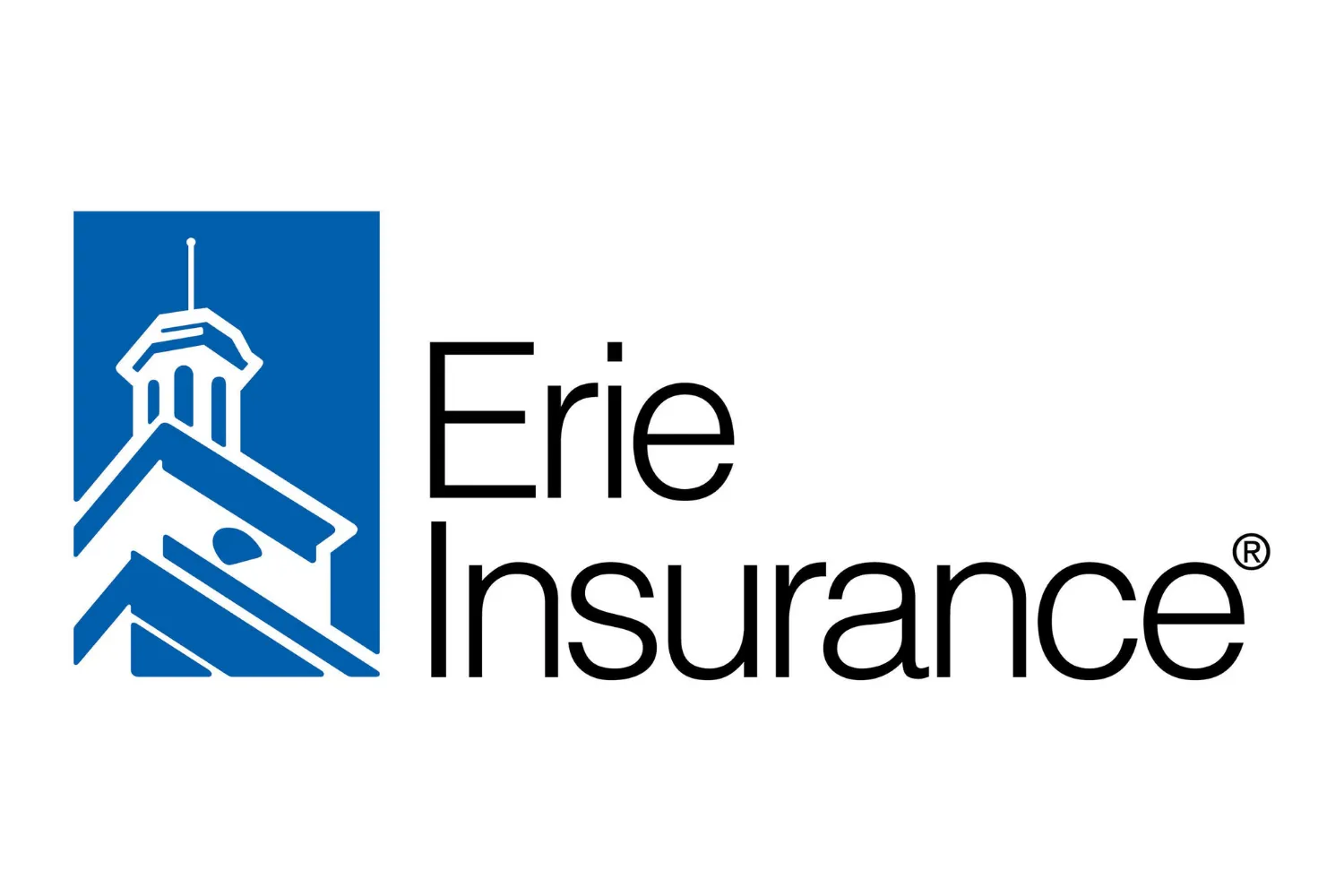MOLD REMOVAL: WHAT IS THE PROCESS?
It is always preferable to contact a professional mold remediation company in order to remove mold from your home or office. If you have a serious mold infestation, it is best not to try and attempt a difficult job by yourself. Excel Fire And Water Damage Restoration Services is a company that offers a comprehensive mold remediation service from start to finish. In this article we will look at what is the mold removal process and how we can help.
Mold Removal Overview
Mold removal consists mostly on the following steps:
- Wear protective equipment
- Contain mold spores
- Set up negative pressure
- Remove the mold
- Prevent mold returning
- Clean belongings
- HEPA vacuum
- Dispose of the mold
- Mold Removal Protective Equipment: Mold spores are more likely to be released into the air during the mold treatment procedure. This is why, when doing mold removal , you must wear protective clothes and equipment. Mold removal protective equipment comprises the following items:
- Dust filter mask or respirator
- Goggles
- Gloves
- Protective clothing that covers your whole body and can be easily cleaned or disposed of Depending on the severity of the mold problem, you should determine how much protective equipment you need to employ.
- Contain Mold Spores During Removal: If you need to remove a big amount of mold, you may want to close off the area to keep mold spores from spreading throughout the house. Use plastic sheets and duct tape to cover entrances, vents, and other openings to block off the space you’re going to clean. You should also reduce the amount of dust in your home since mold spores frequently adhere to dust and are then carried about by the dust particles.
- Negative Pressure While Removing Mold: You might also want to apply negative pressure in the cleaning chamber. To do this, utilize an exhaust fan to blast air outside of the home through a window, or a slightly opened door if necessary. Mold spores that are churned up throughout the cleanup procedure should end up largely outside. Also, before you begin cleaning up the mold, be sure to switch off any air conditioning systems in the house.
- Removing the Mold: Mold spores are more likely to be pushed up into the air during the mold removal process. To mitigate this, start by moistening any dry mold growth, as dry mold allows many more spores to escape into the air when disturbed. Wet the dry mold using a spray bottle of water. Then, using a solution, remove the mold from the surface. Certain solutions will be more effective on different surfaces.
- Prevent Mold Returning After Removal: Next, use a mold killing solution to clean surfaces that had mold growth as well as surfaces that were mold-free, because all of the surfaces in the room will have mold spores on them. If moisture gathers in the room again, these mold spores can develop into mold, thus eliminating them will help prevent the mold from returning.
- Cleaning Moldy Belongings and Materials: Non-porous materials (e.g., glass, metal, hard plastic) that formerly had mold on them can be reused when the visible mold has been removed from the surface. Because the materials are non-porous, there will be no additional mold beneath the surface, therefore removing the surface mold will resolve the issue. Porous items (e.g., drywall, carpet, books) that have mold growing on them should be salvaged on a case-by-case basis, depending on the severity of the mold growth and the value of the item to you. If the object is not extremely important to you and the mold growth is severe enough that it cannot be repaired, the best choice is to discard it and replace it.
- HEPA Vacuuming: Allow the surfaces to dry fully after you have removed the mold and cleaned them. After everything has dried fully, vacuum the room with a HEPA filtered vacuum cleaner to eliminate any remaining spores and mold.
- Disposing of the Mold: After cleaning, place mold and moldy things, as well as the contents of the HEPA vacuum cleaner, in completely sealed plastic bags and remove them from your house. If at all possible, avoid carrying the plastic bags through the home and instead dispose of them outdoors through a window or a door. Cleaning each room one at a time, completing the mold removal procedure fully before going on to any additional rooms with mold growth, re-sealing, and repeating the process.
A Mold Remediation Company Serving Illinois
Contact Excel Fire And Water Damage Restoration Services now at (224) 478-1661 for 24 hour basement water damage restoration, fire damage restoration, or mold treatment, or receive a quick quotation from our website. Our Mold Remediation Company will get to your Illinois home in 30 to 60 minutes.
Learn more about Mold Prevention Methods.













